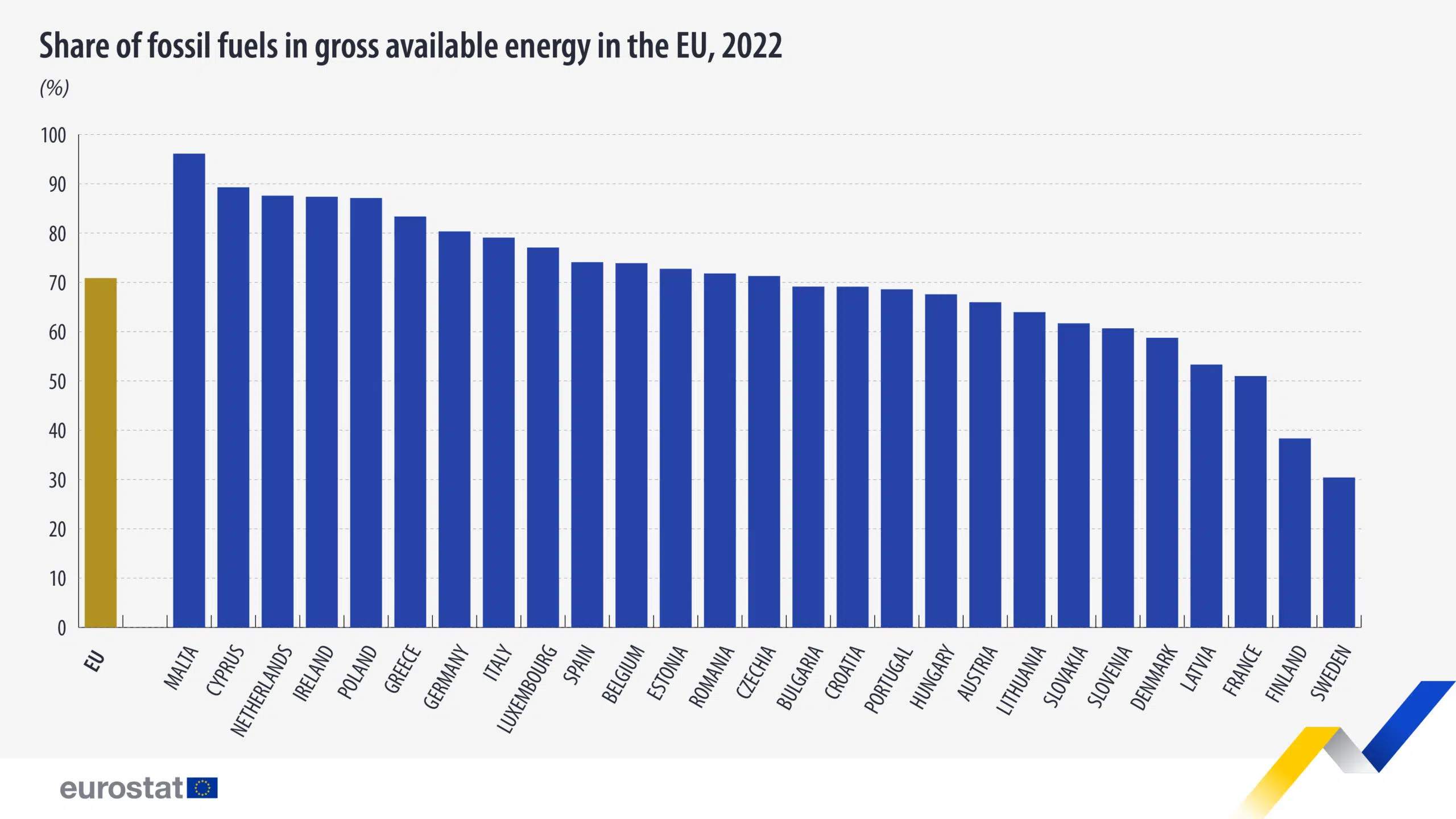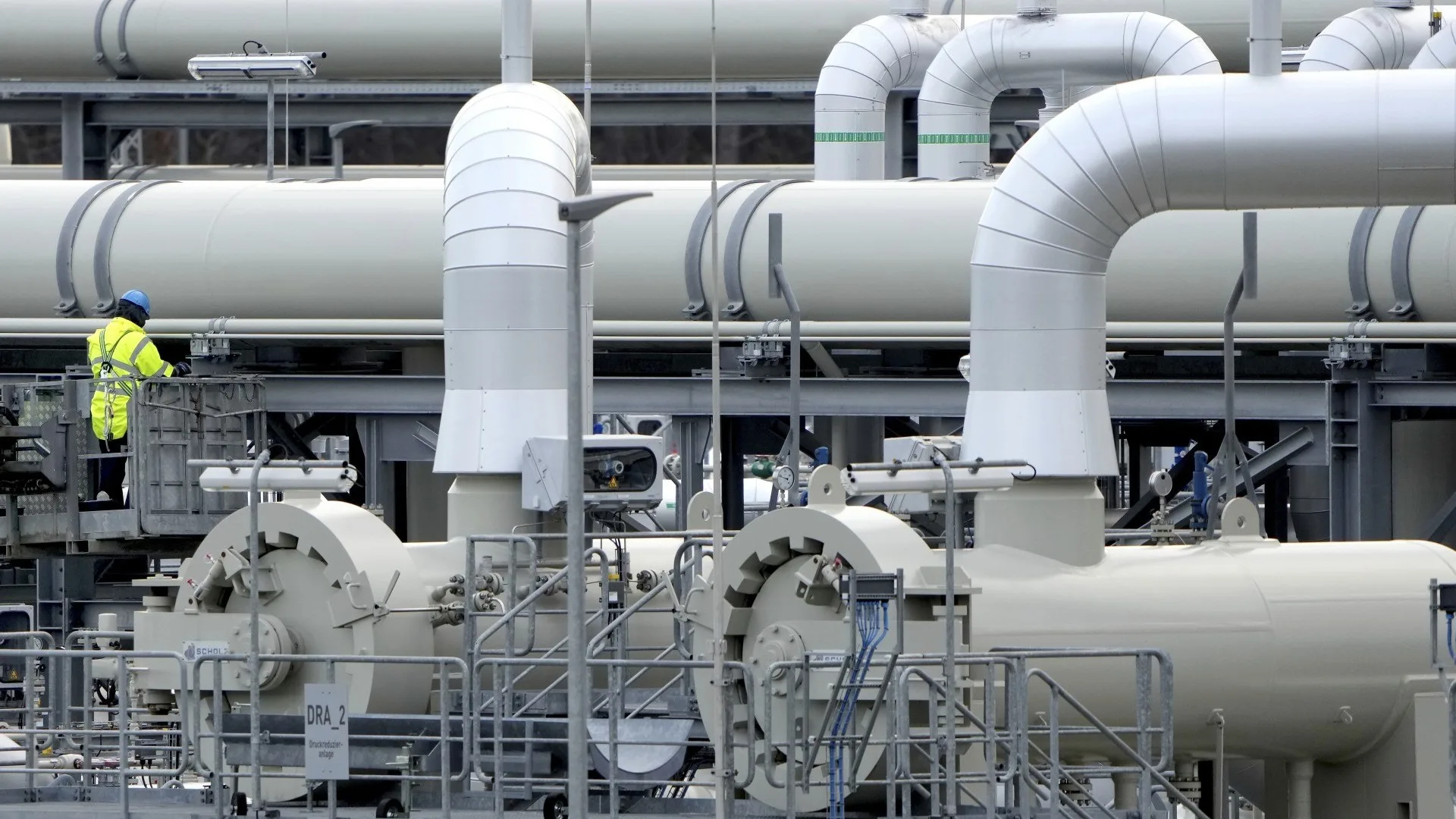Brussels – A dependence that is getting worse instead of better for the second year in a row. According to the Statistical Office of the European Union, in 2022, 70.9 per cent of the total energy supply of the 27 member countries came from fossil fuels.
Eurostat calculated the ratio of a country’s total energy demand to its share of fossil fuels. The result is up from 2021 when it was 69.9 per cent. The pandemic has been a watershed so far: From 1990, the first year for which data are available, to 2020, the EU’s dependence on fossil fuels declined from 82.3 per cent to the historic low of 69.7 recorded in 2020. It then took the opposite sign, despite a continuous increase in renewable energy, which, however, does not keep pace with the simultaneous recovery in energy demand.
In the first European Commission analysis on the draft national energy and climate plans (NCEPs) submitted by the 27 member countries—published on Dec. 19—Brussels had to revise the efforts on renewables and energy consumption savings. Regarding clean energy production, the current trajectory would lead to a 38.6-39.3 per cent share of renewables in the energy mix by 2030, while the new directive would set a target of 42.5 per cent. The Commission has stated this explicitly: Without more decisive action by member state governments, the European Union risks falling behind on the 2030 targets.

Most notably Malta, which remains the EU country with the highest share of fossil fuels in gross available energy (96.1 per cent), followed by Cyprus at 89.3 and the Netherlands at 87.6 per cent. Among all EU countries, only Sweden (30.4 per cent) and Finland (38.3 per cent) had shares below 50 per cent. Above the EU average is Italy, ranked 20th out of 27. Over the past decade, the share of fossil fuels in Italy’s total energy demand has decreased from 83.4 to 79 per cent. But from 2021 to 2022 it increased again by 0.7.
Last year the largest, though rather small, decreases in the share of fossil fuels in gross available energy occurred in Latvia (-3.7 per cent), Slovakia (-2.1 per cent) and Hungary (-1.9 per cent), while the largest increases occurred in Estonia (+4.2 per cent), France (+2.9 per cent) and Bulgaria (+2.8 per cent).
English version by the Translation Service of Withub






